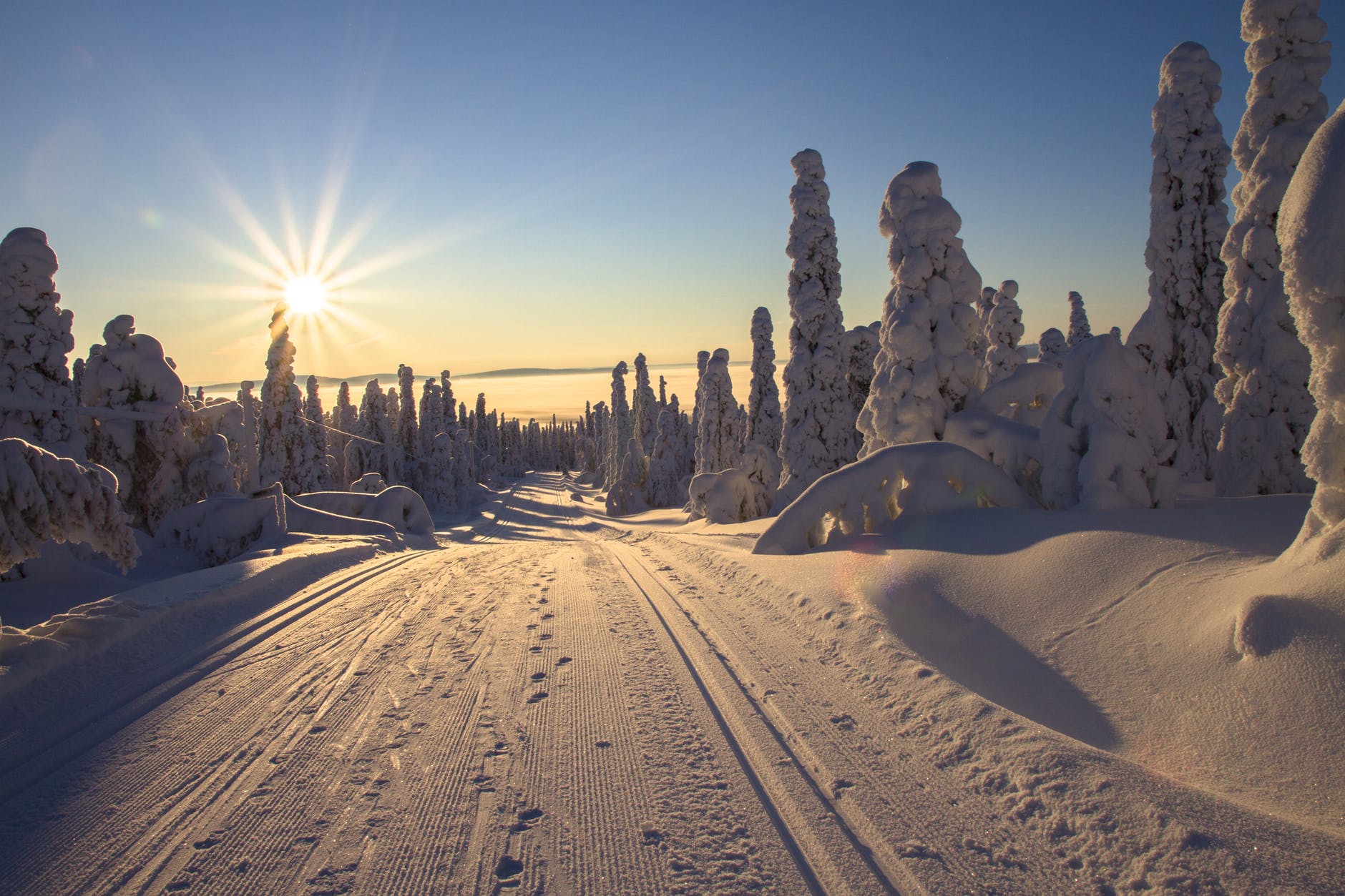The winter weather creates a number of hindrances on refinery operations, pipelines, and railways, causing the nation’s energy infrastructure to deliver much-needed fuel to demanding markets while working around winter’s obstacles.
Refineries and Transportation
Many refineries have had to halt operations due to power outages and the physical effect of the cold on operating units. Utilization rates normally run around 90% but drop to a low of 70% due to the cold weather and maintenance. Extremely cold conditions may require extra equipment at drill sites and can impact drilling pace. Heating units are needed to warm the large amounts of water used for hydraulic fracturing to avoid freezing, while large amounts of snow significantly slow movement of drilling.
Transportation has obstacles to overcome due to extreme weather conditions as well. Railways have challenges with snow and extreme cold; vessel unloading can be delayed due to snow, ice, and cold; and tanker trucks with deliveries of petroleum products and propane can be stalled. Ethanol pipelines may freeze due to subzero temperatures, and storms and fog may close ship channels temporarily.
Usage
Oil and gas prices are significantly affected by weather conditions. The price of gas and oil are a reflection of the supply and demand pressures for a given time frame.
Weather is considered to be a demand-side factor affecting prices because it alters the way people use gas and oil. Whenever a winter is abnormally cold, the demand for oil increases because homes need to use more natural gas to maintain their internal temperatures. If a winter is abnormally warm, the demand for heating will decrease, and less gas will be needed to heat homes. However, people drive less during colder winters, so they use less gasoline. Therefore, heating oil spikes in the cold months, while gasoline lowers.
The Jobsite
Working on a pipeline site or any construction site during the winter months offers a unique set of challenges. Temporary erosion and sediment control measures installed during frozen conditions may not remain functional under thaw conditions. This means that whatever you put in place to control erosion during frozen conditions needs to also function during the snowmelt to come.
After the job is complete, regular inspections should be made as the weather changes. Stockpiles of materials should be located within the project area to allow efficient repair and maintenance of erosion controls. Crews should have the proper equipment available to allow access to the right-of-way under soft soil conditions, such as all-terrain vehicles with oversized tires, to prevent rutting, topsoil mixing, and damage to other temporary erosion controls.
Winter is a tough time for the oil and gas business; stay on top of the weather and changing conditions to help to keep workers safe and protect your bottom line.


